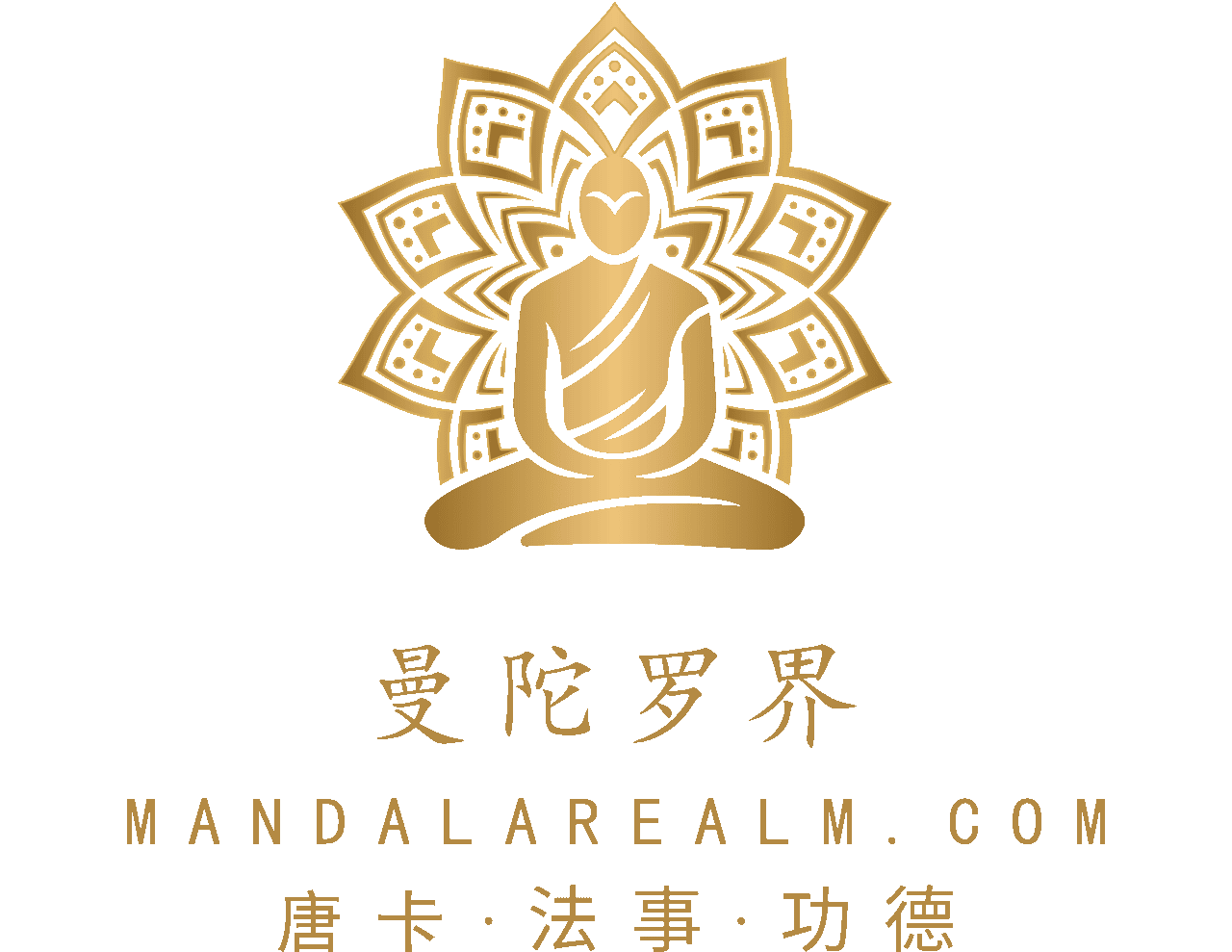Avoid Impure Locations
Never place thangkas, Buddha statues, or other sacred objects on floors, in bathrooms, kitchens, or near beds. They should be enshrined on altars or clean elevated spaces to maintain a pure environment.
Never Wear or Place Below Waist Level
When wearing dzi beads, gau boxes, or amulets, keep them at neck or chest level - never below the waist (like in pockets). Display thangkas and statues above chest height as a sign of respect.
Remove During Immoral Acts
Do not wear sacred objects during deceitful, harmful, or unethical actions as this would be disrespectful. Maintain virtuous thoughts in daily life to align with Buddhist teachings.
Proper Disposal of Sacred Items
If religious items (thangkas, scriptures) become damaged, bring them to a monastery for proper handling by monks - never burn or throw them away. For statues or ritual objects no longer in use, wrap them in red/yellow cloth and return to a monastery or bury in a pure location.
Cleaning and Maintenance
Regularly clean thangkas and statues with a soft cloth to prevent dust accumulation. Never use water or chemical cleaners as this may damage pigments or cause metal oxidation.
Remove During Sleep or Intimacy
Take off amulets and dzi beads before sleeping, placing them in a clean space (like an altar). Sacred objects should never be worn or kept nearby during intimate relations.
Respectful Handling of Sacred Items
Never point directly at faces or eyes on thangkas/statues - gesture respectfully with palm upward. Handle scriptures and prayer wheels with clean hands and devout mind - never toss them carelessly.
Proper Use of Ritual Objects
Prayer wheels should be turned clockwise - never counterclockwise or playfully spun. Protective items like dzi beads and nine-palace amulets require monk blessings before wearing, otherwise they remain mere decorations.
Reverent devotion and proper practice bring true blessings
